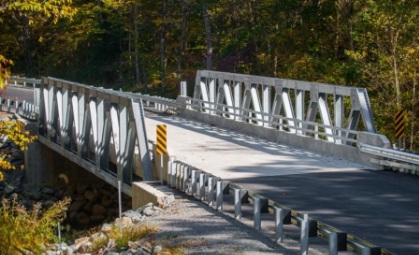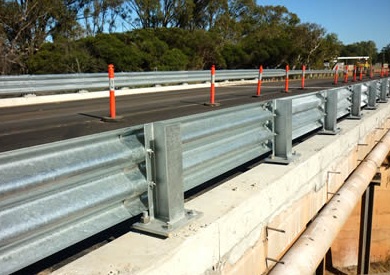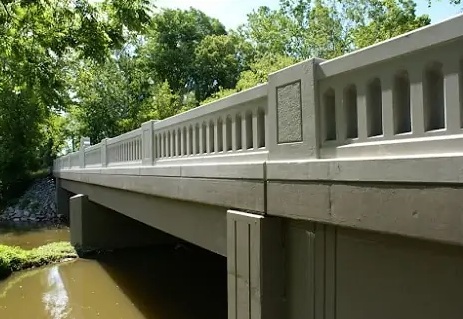Bridge railings are guardrail systems designed to prevent people or vehicles from falling off the bridge. They can be made of concrete or steel.
Guardrails for bridges are located prominently to make the public stay ready and protected during their drive through bridges. These railings keep the traffic inside the limits as well as enhance the aesthetics of the bridge.
In this blog post, we will talk about types of the bridge railing.
Let us get started!
Table of Contents
Types of Bridge Railing
Normally there are 4 types of bridge railing as given below.
- Steel Bridge Railings
- W-Beam Bridge Railings
- Thrie Beam Bridge Railings
- Concrete Bridge Railings
Let us get some detailed info about the above-listed types of bridge railing.
1. Steel Bridge Railings
Steel railings come in various cross-segments and plans. The most well-known kind of steel span rail is a cylindrical rail system. These kinds of railings can be constructed alone or incorporated into the substantial check or on a low hindrance divider.
For spans with low-vehicular traffic and for walkers, structural steel railings are regularly utilized. Structurally significant extensions don’t have a cumbersome and weighty plan. They consolidate brightening railings without compromising pedestrian safety.

2. W-Beam Bridge Railings
W-Beam railings are utilized for bridges that have low traffic. W-Beam railings have a two-wave design and are appended to steel posts or support braces. W-Beam is a basic steel railing system that can be intended for higher strength.

3. Thrie Beam Bridge Railings
Thrie beams are high-strength guard rail systems constructed for highways, particularly on sharp curves and slopes. In contrast to W-Beams, the thrie pillar rail includes a three-wave cross-sectional plan and has superb rigidity and anti-corrosion properties.
Thrie beam rail systems can absorb the effect of out-of-control vehicles and guide them to a secure stop. These rail systems give great performance and flexibility.

4. Concrete Bridge Railings
Concrete is the most widely recognized material utilized for bridge construction. Concrete railings are joined to the bridge’s deck slab to make a solid vehicle obstruction. Concrete railings are the most ideal decision for metropolitan areas or extensions that get weighty truck loads.
The underlying development cost of concrete railings is high. Huge concrete railings in certain circumstances can impede an open road view. In such circumstances, concrete railings with high strength can be joined with a tubular railing system.
The dimensions and construction of bridge railings are subject to the construction budget, the bridge deck material, and the mandated state specifications.

